Video game sequels, perhaps surprisingly, can be tricky things. By their very nature, they come loaded with the weight of expectation, and all the baggage tied to the legacy of the previous games in the series. Do you attempt to re-invent the wheel and keep things interesting at the risk of alienating your core audience? Or do you play it safe and put out more of the same? Things can stagnate quickly that way.
I want to celebrate the games that took a risk. Not content to cave to the cries of “more please,” these are the sequels that did away with series convention. It’s always a bold move and not one that necessarily pays off, but you have to respect a developer who is willing to tear their game apart and rebuild from the ground up in the name of progress. In that spirit, these are the most radical video game sequels of all time.
Resident Evil 4
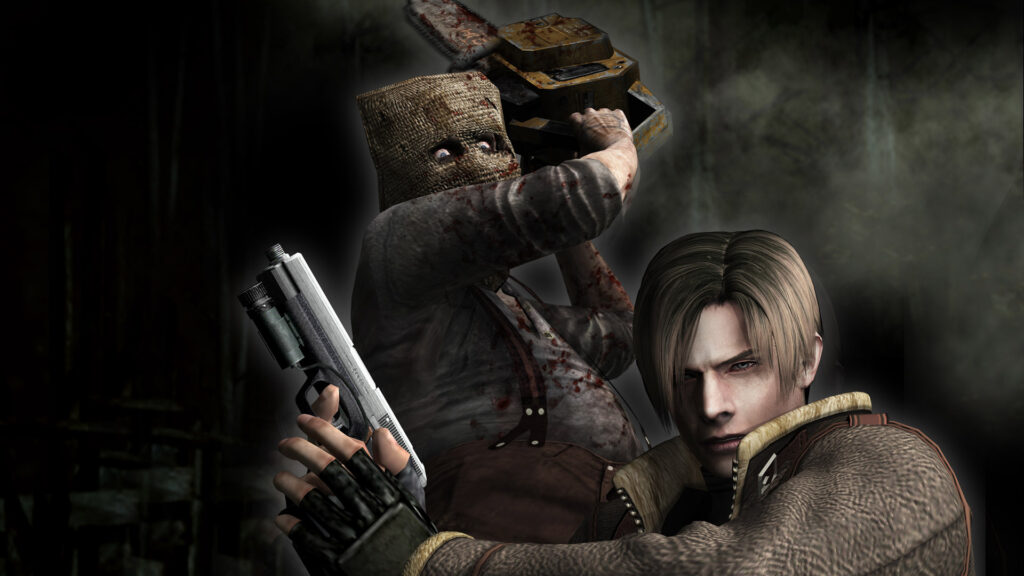
Let’s get the big one out of the way first. While the early Resident Evil games are tightly designed horror classics in their own right, it was Resident Evil 4 that, in my opinion, earned the series as a whole its place in the gaming pantheon. The “over the shoulder” perspective that revolutionized third-person combat systems (God of War 2018, Batman Arkham Asylum, The Last of Us, etc) is all the more remarkable when you consider that the previous games relied on a comparatively archaic fixed camera system. It was like a pastry chef retraining as a theoretical physicist and winning a Nobel prize a week later. The extent to which Capcom got it right the first time is remarkable.
However, it wasn’t just fiddling with the camera that made Resi 4 stand out. It also went all-in on the campy, B-movie vibe, and shifted the focus away from survival and towards pure action. luckily It didn’t go as far as 5 or 6, which sent the series completely off the horror rails until it was rescued by Resident Evil 7 and the Baker family, who are a lot scarier than they sound. For being so daringly different a sequel, and yet somehow retaining the series core identity, Resident Evil 4 more than earns its place on this list. Radical it certainly was.
Risk of Rain 2
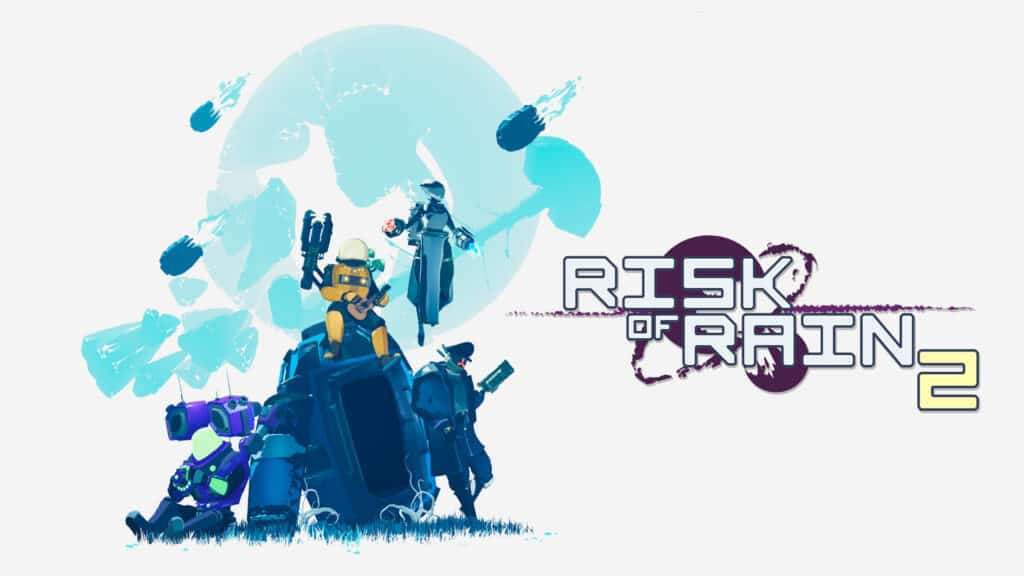
But who needs to mess around with the camera when you can introduce a whole new dimension? Video game sequels are unique in that they can completely change how you experience the basic elements of a work. Follow up to the excellent, and very much two-dimensional sidescrolling rogue-like Risk of Rain, Risk of Rain 2 shook things up in a big way. After the initial idea of having the player control the monsters this time around fell flat, Hopoo Games decided to see how the game would feel in 3D. As it turns out, it felt great.
Imagine if we suddenly had to make do with only two dimensions. Our lives would be decidedly different. I’d elaborate on that but the whole idea both terrifies and confuses me. I don’t know why I brought it up frankly. My point is that this was a huge, and unexpected, change for the series. Going from two to three is as big a deal as going from three to two.
The shift to 3D, especially in a game like this, changed everything. Most obviously because many of the game’s items now worked completely differently. Missile strikes, force fields, and lightning bolts are all very different propositions, depending on the number of dimensions you’re working with. Precision aiming becomes an even more pressing concern, and avoiding enemy attacks takes on a whole new feel.
Mario 64

Let’s stay on the same topic, but travel back in time about 25 years. Mario may seem like a rather uninspired choice, but there’s a reason you can find his little mustachioed face on everything from typing tutors to golf games. Suffice it to say that Mario has had one or two big hits over the years. I’m not even going to attempt to give an opinion on which of his outings is the overall “best” but I will put forward Mario 64 as the most revolutionary. It’s certainly one of the most famous video game sequels ever made.
This may seem a redundant entry at first (given the entry prior), but Mario 64 is important for more than just being the first fully 3-D game in the series. It was obviously a significant change, and I don’t mean to downplay its importance, but there are more subtle reasons Mario 64 was such a groundbreaking title. While it (arguably) wasn’t the first 3-D game ever made, it was the first to make movement in a three-dimensional space feel anything remotely close to natural. Moving a character with the analog stick was revolutionary.
Up until 64’s release, 3-D games, such as Wolfenstein 3D, Virtua Fighter and Battlezone had to make do with what we would now probably describe as 2.5D at best. It may have felt three-dimensional at the time, but it was largely smoke and mirrors. As a result, things like movement and perspective felt somewhat fudged.
Purely in terms of navigating a play space, Mario 64 decisively smashed everything that had come before it into the dirt. Paving the way for classics such as Banjo-Kazooie, and Donkey Kong 64. It’s one of the most important video game sequels of all time.
Doom 3
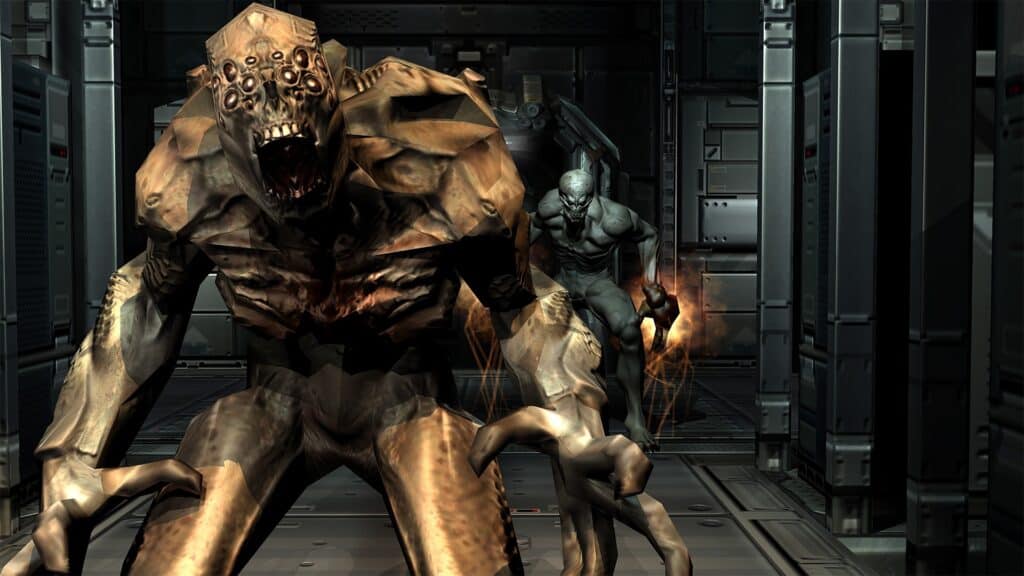
Now for something from the other end of the spectrum. A reminder that while change often leads to progress in the fullness of time, it by no means guarantees a quality product on release day. There’s a lot one can learn from Doom 3, but I can’t bring myself to call it a good game, and certainly not a good Doom game.
The essence of Doom is in fast-paced, over-the-top, run-and-gun ultra-violence. In contrast, Doom 3 is an utterly middle-of-the-road sci-fi survival horror. NPC’s, jumpscares, audio logs, and cutscenes don’t belong in my Doom. They don’t even belong adjacent to it. There’s a distinct whiff of System Shock 2 about Doom 3 and I for one don’t approve. That’s terribly intolerant of me I know, but I can’t help it.
I play Doom and its sequels to turn my brain off and mow down a few dozen legions of demons. I do not play it to inch my way down a dark corridor listening to some dullard wax lyrical about “tractor beams” and “hydrocons.” There is a proper time and a place for such things and it’s not here or now.
Bioshock, Doom 3 is not, which is fine. The problem is that it shouldn’t be trying to be Bioshock in the first place. Definitely a case of sticking to what you know.
Pokemon Legends: Arceus

And now, the video game sequel that inspired this list. It may not be the most radical in how far it deviates from previous games in the series, but this is Pokemon we’re talking about. A franchise that’s as reliably unchanging as the tides. Perennial, stubborn, and consistent, Pokemon is burrowed deep into its respective niche.
Which makes the ways Arceus plays with the formula all the more remarkable. More real-time combat elements take things into action RPG territory. It’s still partly turn-based, but much less rigidly so, and wild Pokemon react more naturally upon your approach. Not to mention the fact that they now actively roam the world. These might sound like small changes, but considering it’s taken us 26 years to get to this point, it’s a big deal. Two decades of samey sequels and a small difference becomes a big one.
Game Freak hasn’t quite got it nailed down just yet, but Arceus represents a real point of departure for the series. One that fans have been demanding for a long time. Pokemon hasn’t been handled all that well lately and the latest entry represents a new way forward, out of the quagmire the series has been threatening to disappear into.
Prince of Persia: The Sands of Time
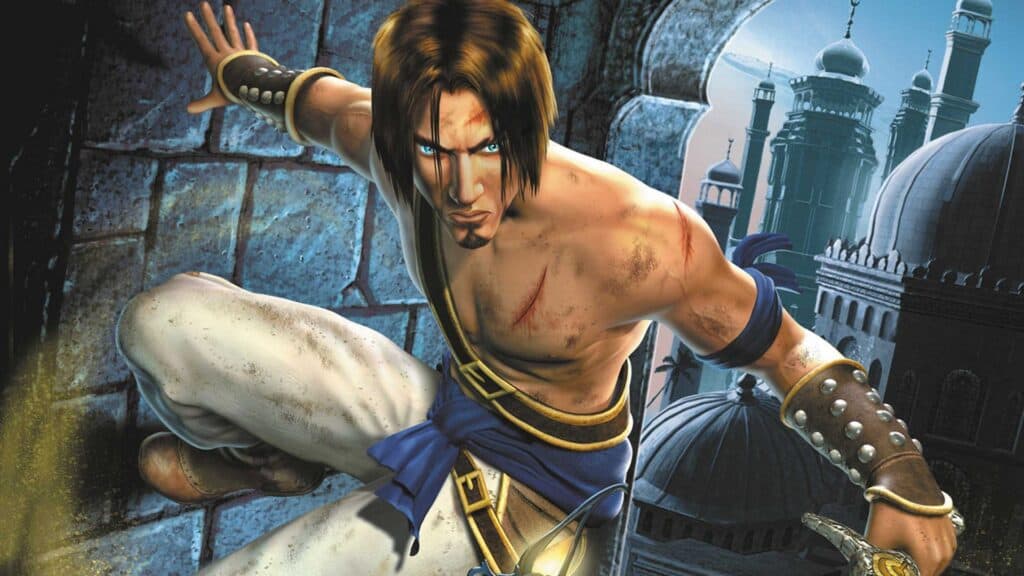
This might be a contentious one. I’m blurring the line between reboot and sequel, but there were just four years between Sands of Time and Prince of Persia 3D so it’s going on my list and you can’t stop me.
We all know that Prince of Persia is all about running and climbing, and Sands of Time didn’t necessarily reinvent the wheel in that respect, but it did make one very important addition, the ability to rewind time. Falling to your death? Dreading having to replay the whole level again? Fear not for now the Prince can zip back up onto a ledge and we can forget the whole thing ever happened. The genius of this mechanic is all about flow. Retries were immediate, making the platforming much less frustrating.
It’s also worth noting that Sands of Time told a remarkably human and affecting story. There is a lot more depth to the Prince and his companion Farah than one would expect. Orders of magnitude more than in any Ubisoft game from the last five years or so. It’s rare for video game sequels to change in this specific way.
Series creator Jordan Mechner has written a lot about the process of writing the game and it’s well worth a read. He drew on a variety of influences, from ancient Persian poetry to Indiana Jones to tell a simple but highly engaging tale and it shows. I think that’s pretty radical for a game that could so easily have been all about the jumping.
Resident Evil 7

I know we’ve already done this series, but indulge me in a little repetition. The build-up to, and eventual release of Resident Evil’s sixth sequel was eerily similar to that of its third. Two safe bets, and then a revolution. After Resident Evil 5 and 6 the series had gone stale. It was flailing about desperately trying to make the Resi 4 lighting strike twice. Six, in particular, had made the series a laughing stock with its borderline offensive awfulness. Capcom knew that they needed to make a change.
And what a change it was. Falling back on the same trick that had revitalized the series in the past, the camera was shifted once more to a first-person perspective. The game’s scope was narrowed to a handful of residences in rural America, and the emphasis was back on the survival part of survival horror. Stealth, ammo conservation, and precision were now of the utmost importance.
Resident Evil was now scary again. The fact that that was a radical change really illustrates how far off track the series was before 2017. So thoroughly reworking what made Resident Evil 4 so special was a gutsy move, but one that paid off in droves. Capcom really knows how to pull it out of the bag when it comes to video game sequels.
Fallout 3
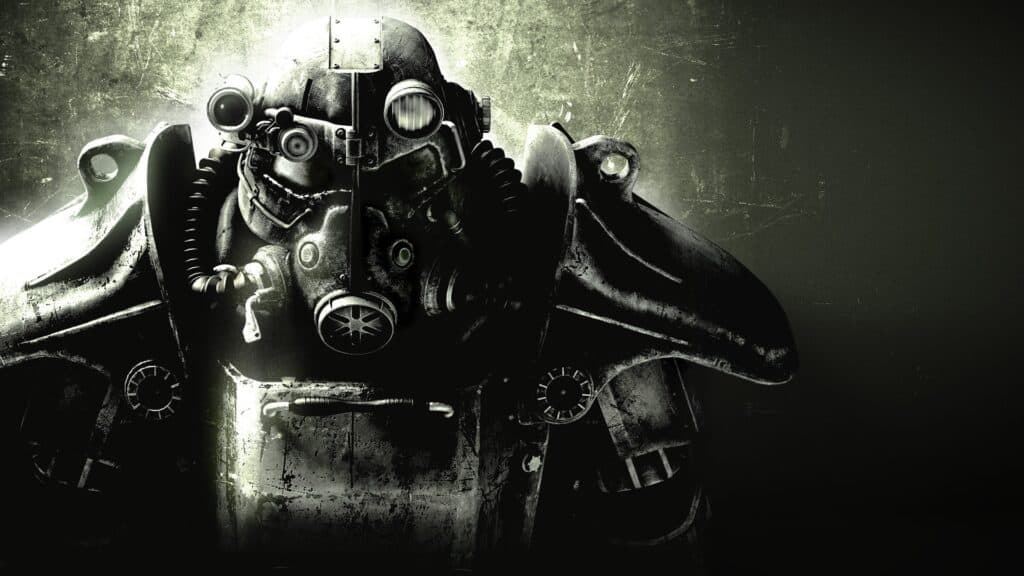
Rounding out the list (for now) we have Fallout 3. It’s not a direct sequel to Fallout 2, which was not developed by Bethesda, but it is a continuation of the series. As evidenced by the great big three in the name.
This was another jump to 3D, yes, but that was a much less significant change in this instance. The genre-hopping was where things really took off. That might come as a surprise to some people reading this. Fallout 3 and subsequent games in the series (excluding 76) were all such monster hits that the first two games are largely ignored. I know a lot of people who have played the Elder Scrolls-esque Fallouts, but very few who even own the original CRPGs (developed by Black Isle Studios). Those who have will understand how big a deal Fallout 3 really was.
Dropping the turn-based combat and the isometric perspective, Bethesda successfully brought the game into the 21st century establishing a formula for western RPGs that would see them rise to the top of their field. Things went very badly wrong circa 2018, but we won’t go into that just now. Fallout 3 completely overhauled the series and completes this list nicely. Oh for the days when Bethesda was the hero.
Feel free to video game sequels you think deserve a place here. Breath of the Wild probably belongs on here somewhere but I fear my deviant opinions on it might cause things to go off-topic a bit. Watch this space however, you never know what crazy creation the games industry will throw out next.
Fingers crossed on Elden Ring.

